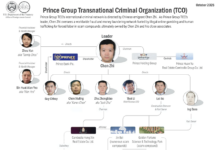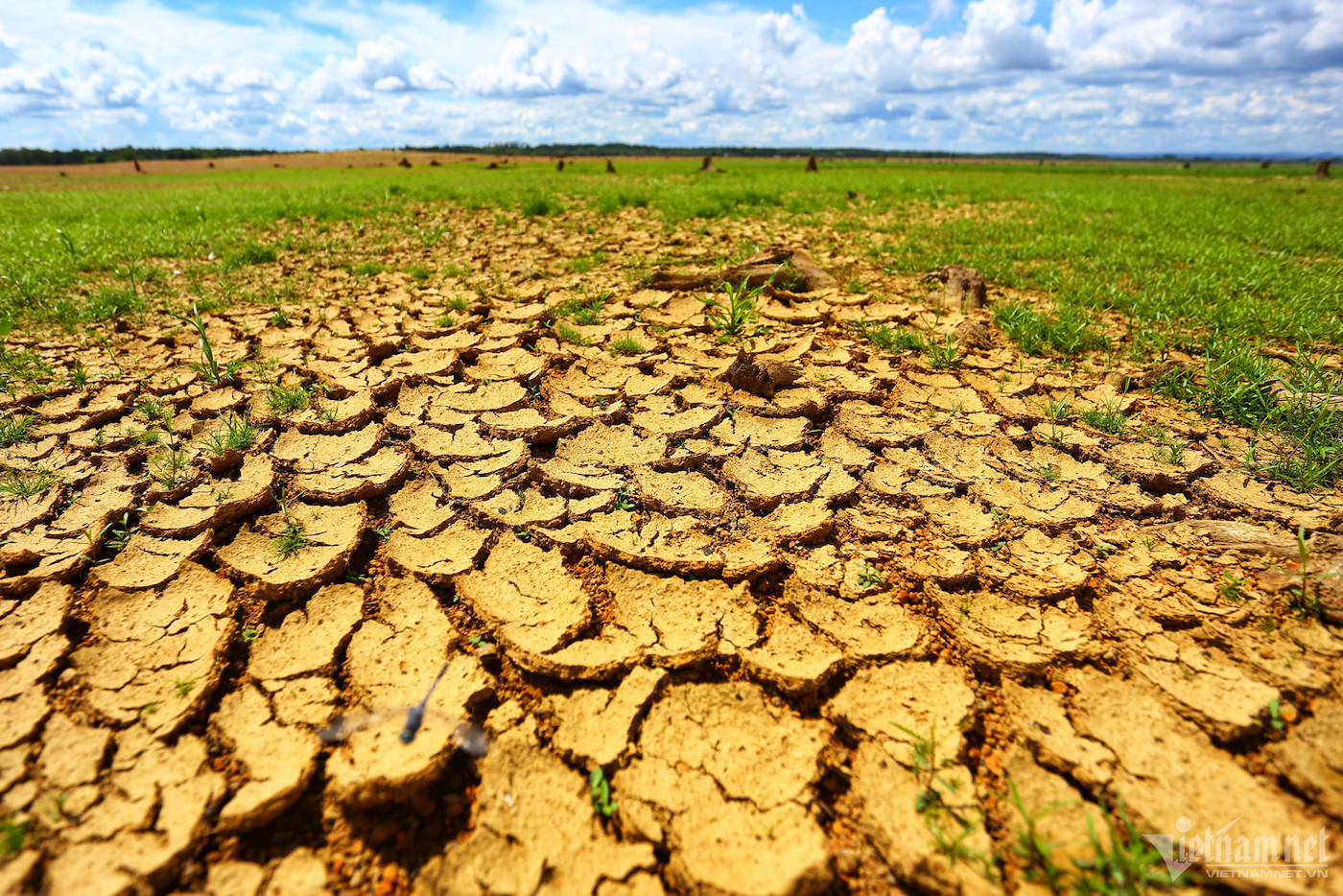According to the Ministry of Natural Resources and Environment, Vietnam has approximately 1.2 million hectares of severely degraded land, 3.8 million hectares of moderately degraded land, and 6.8 million hectares of slightly degraded land. The region with the largest area of degraded land is the Northern Midland and Mountainous region, the North Central Coast, and the Central Coast.
The report summarizing the National Action Program to Combat Desertification for the period 2006-2010, orientation for 2020, and proposing the National Action Program to Combat Desertification until 2030, with a vision towards 2050 by the Department of Forestry (MARD) shows that during this period, the application of scientific and technological advances in drought and saltwater intrusion prevention has achieved remarkable achievements such as advanced irrigation solutions, water-saving; research on drought-tolerant and saltwater-tolerant crops…
After 15 years of implementation, the causes of desertification due to human activities have been gradually overcome, and the work of preventing desertification has shifted from passive to active.
However, the total area of degraded land currently accounts for 35.7% of the country’s total natural area. Notably, 43% of the degraded land area is agricultural land, and 42% of the degraded area is forest land.
Given the complex developments of climate change and the pressure of socio-economic development, especially in areas at high risk of desertification, the task of combating desertification remains challenging and requires more robust actions in the next phase.
The survey results show that the Northern Midland and Mountainous region is the area with the highest risk of land degradation, accounting for 37% of the country’s total degraded land area. This is followed by the North Central and Central Coastal regions with 30% of the area, and the Central Highlands with 15%.
Mr. Tran Ngoc Hieu – Deputy Director of the Department of Agriculture and Rural Development of Ninh Thuan province, citing the results of the land degradation assessment, said that Ninh Thuan has the largest area of degraded land among the eight provinces in the South Central Coast (approximately 69% of the surveyed land area).
The main causes are soil erosion by rain and wind, drought, desertification, reduced soil fertility, concretion, salinization, and alkalization.
Mr. Hieu emphasized that the fundamental issue of desertification in Ninh Thuan is drought, land degradation, and seasonal sand dunes. This process is intensifying in both scale and intensity in the province, which has been suffering from severe droughts in recent years.
In Son La, the area of degraded land also amounts to more than 777,000 hectares. The cause is also due to drought and land degradation. Alarmingly, this process will become more intense and rapid, even surpassing the level of areas affected by hot weather, high temperatures, prolonged droughts, and saltwater intrusion caused by climate change.
Mr. Tran Quang Bao, Director of the Department of Forestry, acknowledged that land degradation and desertification are among the environmental and natural resource issues that the agricultural and forestry sector must address. This phenomenon is causing significant damage to the environment, economy, and society.
Therefore, protecting forests, preventing deforestation, and sustainably planting and restoring forests play a crucial role in preventing and overcoming land desertification in hilly and coastal areas…
He also noted that water regulation and maintenance contribute to the goal of combating land degradation and desertification.
|
Desertification, according to the United Nations Convention to Combat Desertification adopted at the Rio de Janeiro Earth Summit in 1992, refers to land degradation in arid, semi-arid, and dry sub-humid areas. There are many different causes of land desertification, including climate change and human activities. |
Tam An
KB Securities Vietnam Makes the Top 100 CSI Enterprises 2024
On November 29, 2024, KB Securities Vietnam (KBSV) – a prominent financial enterprise with notable ESG practices – was once again honored by the Vietnam Chamber of Commerce and Industry (VCCI) as one of the Top 100 Sustainable Businesses in the CSI 2024 rankings.
The High-Speed North-South Railway: Slashing Emissions, Delivering Billions in Climate Benefits
The high-speed North-South railway project has the potential to reduce greenhouse gas emissions by the equivalent of billions of dollars over the next two to three decades.















































